Originally published on SoundStage! Xperience
Oppo Digital PM-2 measurements can be found by clicking this link.
 Luxury has never much appealed to me. The word can mean an indulgence, something inessential. Both latter terms are anathema to me, which is probably why my audio-reviewing beat has largely been gear that scores highly on the scale of performance per dollar spent. S. Andrea Sundaram recently reviewed Oppo Digital’s PM-1 headphones ($1099 USD), and was so taken with them that they ended up being named a SoundStage! Product of the Year. Andrea not only has discerning ears; he’s a fastidious critic. When it was suggested that I review Oppo’s PM-2, a model for which nearly identical sound quality is claimed (provided the synthetic earpads are used for both models) for a price $400 lower ($699), I jumped.
Luxury has never much appealed to me. The word can mean an indulgence, something inessential. Both latter terms are anathema to me, which is probably why my audio-reviewing beat has largely been gear that scores highly on the scale of performance per dollar spent. S. Andrea Sundaram recently reviewed Oppo Digital’s PM-1 headphones ($1099 USD), and was so taken with them that they ended up being named a SoundStage! Product of the Year. Andrea not only has discerning ears; he’s a fastidious critic. When it was suggested that I review Oppo’s PM-2, a model for which nearly identical sound quality is claimed (provided the synthetic earpads are used for both models) for a price $400 lower ($699), I jumped.
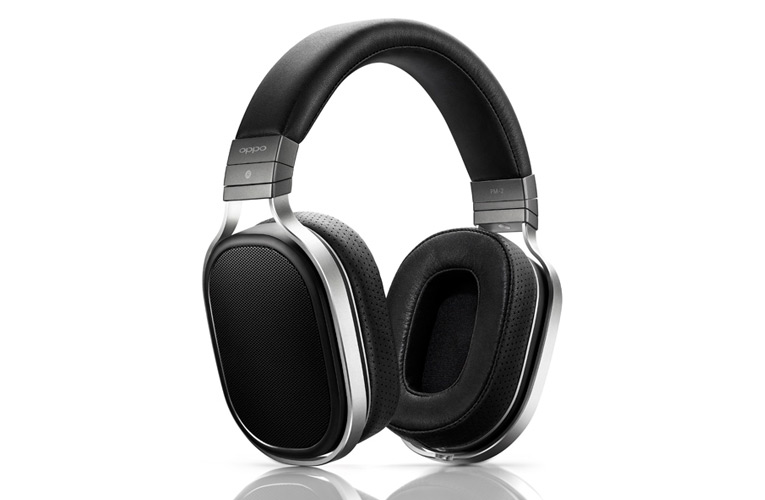
A (small) family tree
As Andrea explained in his review, the Oppo PM-1 is a sumptuous design marked by attention to the finest details: earpads and headband of soft lambskin, chrome and silver trim of actual metal, and a glossy finish on the headband’s swivel and adjustment mechanism. Alternative velour earpads and an extra set of lambskin earpads -- the latter purported to marginally increase the treble response -- are included in the PM-1s’ luxury wooden storage box.
The PM-2s have a single set of synthetic leather earpads and a headband covered in the same material, a matte finish on their swivel and adjustment mechanism, and plastic trim. Out goes the humidor-like wooden case, in comes a case of proletarian denim (which the PM-1s also comes with).
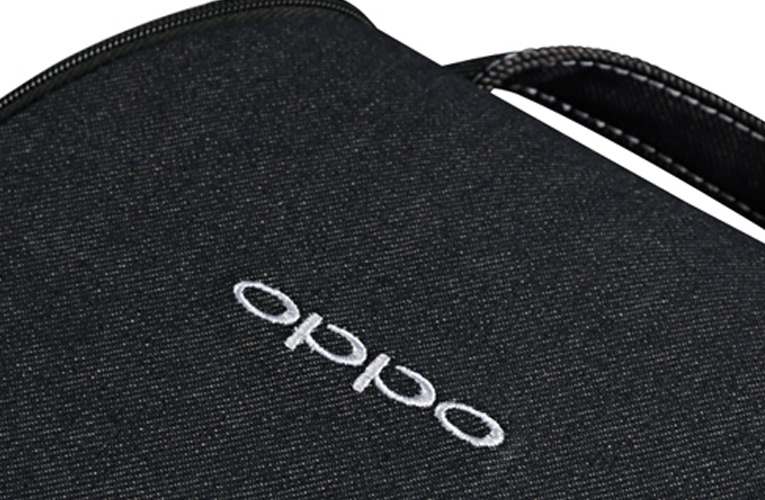
While I have yet to see or handle or listen to a pair of PM-1s, I was deeply impressed with the materials and build quality of the PM-2s. This solid, dense pair of ’phones weighs 7/8 of a pound (385gm) -- only a third of an ounce (10gm) less than the PM-1s. Moreover, the PM-2s’ tolerances were exceptional. The matte metal finish on the earcup chassis was perfect, each earpad sat perfectly flush within the swiveling frame that houses the impressive planar-magnetic driver, the swivel action was entirely fluid, and the length-adjustment mechanism worked with a satisfyingly substantial feel and sound. It took me all of 90 seconds to see and feel what these beautifully constructed headphones offer over the less expensive competition. My reference NAD HP50 headphones are by no means cheap at $299, but there was no comparison with the Oppo PM-2s. You get what you pay for.
In fact, the PM-2s look and feel so good that I struggle to see how the PM-1s could be $400 better, but I’m sure that to many potential and current customers out there, they are. For those sitting on the fence, I suspect the additional cash padding your wallets will feel significantly better than the PM-1s’ lambskin earpads.
On the comfort front, the open-back PM-2s scored high. I frequently work from home, where I wear headphones for hours at a stretch. The PM-2s’ substantial, plush, faux-leather earpads made a firm but comfortable seal around my ears, and my head never hurt, even after I’d worn them for hours -- that’s not something I can say about any other headphones I’ve used in the past year. The Oppos are a little heavy, however. When I leaned over, they sometimes slid around on my head. Given the quality of materials used, I think that’s inevitable, and hardly a complaint.
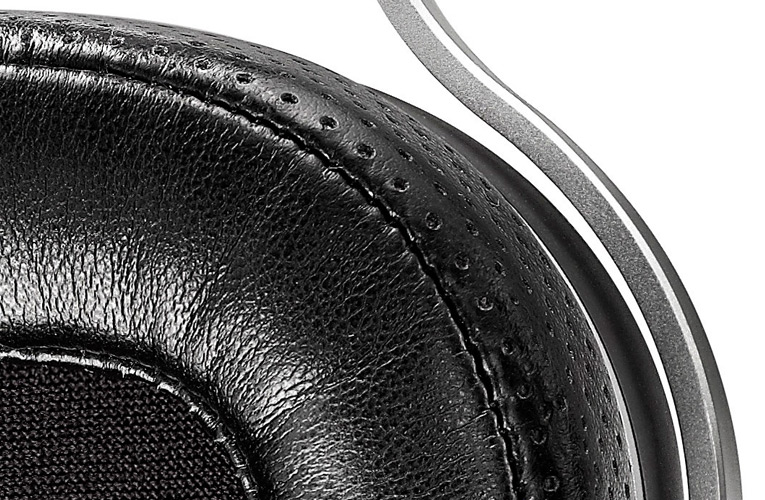
The PM-2s use the same planar-magnetic driver as the PM-1s. There are multiple benefits to this design: its thin, light diaphragm presents the driving mechanism with a small moving mass, which generally means quicker, more accurate response than is possible from a traditional dynamic driver. Indeed, the seven-layer diaphragm, as Andrea explained in excellent detail, “reduces breakup modes, improves phase coherence, and reduces distortion” over competing dynamic designs. Unique to Oppo’s planar-magnetic implementation is something Andrea described thusly: “a plate in front of the driver forces all of the air to pass through a relatively small area at the center. This arrangement increases compression at low frequencies, and provides some acoustic loading for the diaphragm.” Oppo’s architecture results in a higher sensitivity (102dB) than one might expect from planar-magnetic ’phones, allowing the PM-2s to play nice with mobile devices as well as dedicated headphone amps.
The stock, detachable, 3m-long cable that comes with the PM-2s is made of oxygen-free copper (OFC), as is the 1m-long, 3.5mm cable that I used throughout the review period; the PM-1s’ 3m cable is made of Ohno Continuous Casting (OCC) copper. Otherwise, the PM-2s’ specs are identical to the PM-1s’: a nominal impedance of 32 ohms, a symmetrical push-pull neodymium magnet system, a driver size of 85x69mm, a freefield frequency response of 10Hz-50kHz, a maximum long-term input power rating of 500mW, and a burst power rating of 2W.
Setup and sound
I used the Oppo PM-2s in a variety of ways. At first, to see how they did under average-consumer use, I plugged them straight into my Apple iPhone 6 and MacBook Pro laptop. I then hooked them up to Hegel Music Systems’ Super portable headphone amplifier-DAC, as well as to the headphone output of Hegel’s new H160 integrated amplifier-DAC.
I’d never heard planar-magnetic headphones before, but given the technology’s properties, I was expecting electrostatic-like sound: great speed, terrific articulation, and an open, airy quality. I also expected a neutral or perhaps even tipped-up frequency response, especially in the treble. In fact, the PM-2s surprised on that front. Andrea considered the PM-1s’ tonal balance to be “unapologetically warm,” and while I feel that phrase generally describes the PM-2s as well, the latters’ different earpad design gave them a slightly more balanced tonal signature. The PM-2s had an incredibly supple, dense midrange, with a tapering top end. This lent music a slightly warm, rich, intimate tonality, but not objectionably so. Not only did I find that I could wear the PM-2s in total comfort for hours on end, I could listen for just as long without experiencing fatigue of any kind.
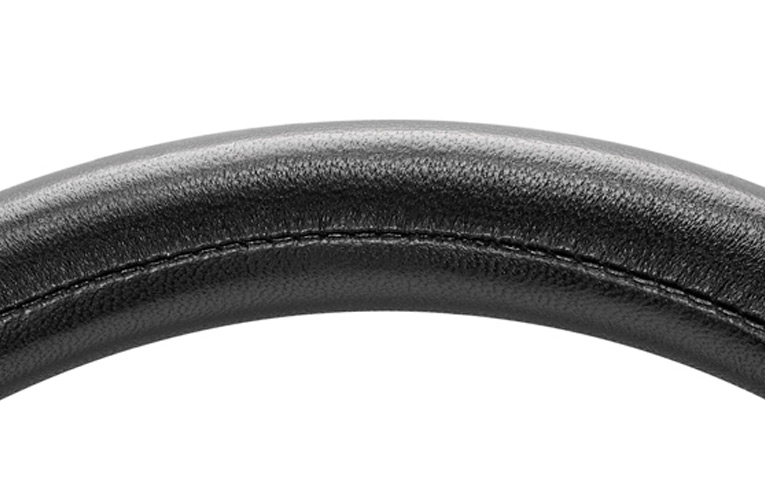
Billie Joe Armstrong of Green Day and Norah Jones teamed up to great effect in their 2013 album together, Foreverly (16-bit/44.1kHz ALAC, Reprise). This tribute to the Everly Brothers has a methodical feel that quite suited the PM-2s’ strengths. In “Roving Gambler,” Jones’s distinctive voice hung just left of center, with Armstrong’s just to her right. Supporting them farther back in the soundstage was an assortment of instruments, including harmonica, guitar, and light drums. Both singers were portrayed in hearty, full-blooded manner, with a golden quality to their voices. The PM-2s perfectly articulated Armstrong’s straightforward, more dominant delivery, while also capturing Jones’s softer, more breathy approach. Interestingly, Charlie Burnham’s squawky harmonica didn’t seem to extend as significantly as I thought it would, given the PM-2s’ open-back design. A soaring treble is not how Oppo does it.
This was borne out by “TV Song,” from the Blue Man Group’s Audio (16/44.1 ALAC, Virgin). A vibrating fiberglass rod swings to and fro to open the Blue Men’s account, and the lack of top-end sizzle placed a natural emphasis on the PM-2s’ beautiful midband capabilities. Their ever-so-relaxed sound gave a vibrant account of the group’s eclectic array of instruments, with high-pitched percussion at the fringes of each channel, while powerful bass drums are struck with real vigor to close out the track. The PM-2s’ bass was characterized by a fine balance of weight and acuity of pitch. There was energy substantial enough to lay a solid foundation for tracks such as “Synaesthetic,” with its massive drum thwacks. The low-frequency blows were quick enough to sound three-dimensional without being so lean as to leave me wanting more. The Oppos’ voicing was spot on.
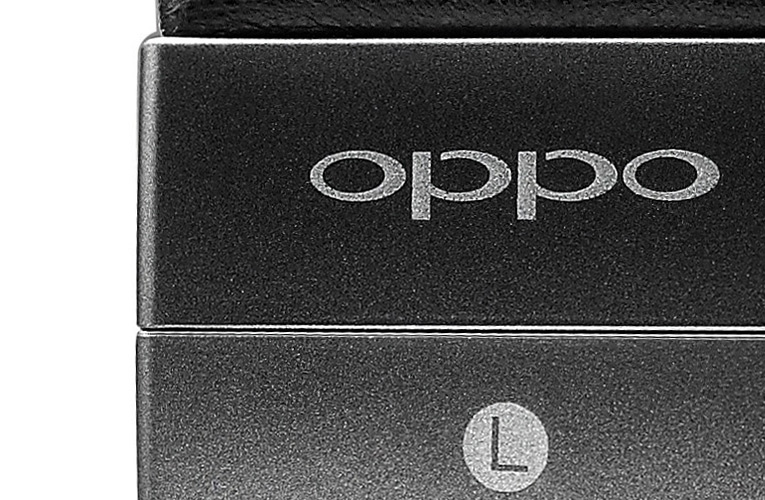
Turning to my traditional fare of synthesized dance music, I paired the Oppos with Armin Van Buuren’s Universal Religion, Chapter 4 (256kbps MP4, Armada), to hear how the planar-magnetics could handle hotly mixed, compressed music. Superbly, it turned out. On “Every Other Way (Armin Van Buuren Remix),” as performed by BT & Jes, the PM-2s overcame their warmish proclivities to convincingly capture the Dutch DJ’s superhot mixing choices. Jes’s voice could cut glass, in terms of both its vapidity and the way it was mastered. I could also make out the mild compression that seemed to flatten the finest details of this recording. Despite this, I found myself noticing nooks and crannies of the music that I never had through my Shure SE535LTD-J earphones. The PM-2s could unearth some serious low-level detail while remaining eminently listenable. What a balancing act.
While the PM-2s clearly excelled at capturing the meat of a performance, its heart and soul, they were equally accomplished at keeping pace with Bruce Cockburn’s delicate guitar work in “You Get Bigger As You Go,” from his Humans: Deluxe Edition (16/44.1 ALAC, True North). The sounds of his fingers striking and sliding along strings were just delightful through the PM-2s. Attacks and decays didn’t have the incredible speed that electrostatic ’phones might be able to muster, but I was hugely impressed with just how organic the Oppos could sound. I tend to prefer a more lively, airy sound from my speakers and headphones; I was surprised at how engrossed the PM-2s allowed me to be in my music.
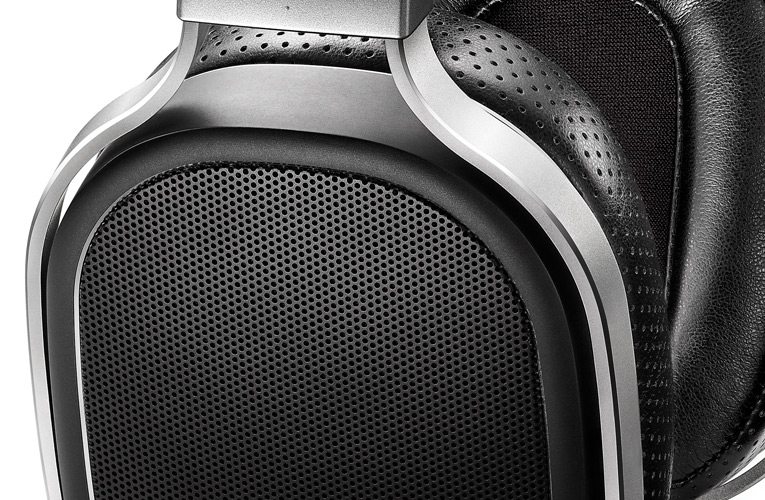
Indeed, I found myself smitten with what the Oppos did for the disco-nouveau music on Daft Punk’s Random Access Memories (24/88.2 FLAC, Columbia Édition Studio Masters), one of my favorite albums of the past few years. The heavy, lazy treble the French DJs mastered into the mix of “Get Lucky” had me practically feeling the sweaty velour of a mid-’70s discotheque, while the evergreen Pharrell’s richly detailed singing overlaid the foundation of enthusiastic kick drum. Finally, with “Contact,” this hit album’s anthemic finale, the PM-2s demonstrated that they could really rock out. The drum work was as raucous as the synthesizers and ever-increasing distortion as the track scaled up in intensity. Although I turned up the volume to deafening levels, the PM-2s never struggled -- and I was still able to pick out the low-level static with which Daft Punk imbued this track to give it the feel of vinyl. Delightful.
Comparison
NAD’s HP50 headphones ($299) cost less than half as much as the Oppo PM-2s, but offer incredibly high sound quality for the price. The Oppos are a cut above the NADs in terms of build quality and materials. The closed-back NADs are clad in contoured plastic and, despite their low price, cut a striking figure with their metal hinges and faux-leather earpads and headband. They also include a cord with a microphone and volume control, which the PM-2s don’t. The NADs are much lighter, and look and feel downmarket by comparison, with duller, less sophisticated, less realistic-looking leatherette. Moreover, the HP50s make plenty of sound when I fold them up in their travel bag; the silent Oppos had a Lexus-like solidity when handled, their hinges working with complete fluidity. Despite being the cheaper, younger brother in Oppo’s headphone line, the PM-2s positively reek of quality.
Sonically, the NADs couldn’t be more different. Their bass was a bit tighter in terms of impact and overhang, but didn’t offer the Oppos’ sheer volume and slam. Furthermore, the HP50s had a more forward sound than the comparatively relaxed, laid-back PM-2s. This was especially evident in the upper midrange, where voices seemed to take on a sharp, zingy quality through the HP50s. The HP50s had a more tailored frequency response in the all-important upper midrange, which meant that the Oppos were the more faithful transducers of voices and most instruments. The golden, intimate treble that made the PM-2s so alluring made the HP50s sound practically tipped up. But the NADs’ stronger upper-frequency response better illuminates recording venues, which offsets any deficit their closed-back design might otherwise have had in rendering a spacious soundstage.
Overall, the Oppo PM-2s are the significantly more mature product. Their build quality easily outshines the flashier, cheaper-feeling NAD HP50s, while their sound -- polite treble aside -- was almost linear from top to bottom of the audioband. In some respects, this made the PM-2s sound a bit boring by comparison. On the other hand, this quality invites listeners to enjoy extended listening sessions with the Oppos, something that can prove a little grating and uncomfortable with the NADs. With a small edge in resolving ability and linearity, and huge advantages in material quality and comfort, the Oppo PM-2s have no trouble justifying a price tag $400 higher than the NAD HP50s.
Conclusion
The Oppo PM-2s are just about perfect. Their build and appearance are beyond reproach -- every detail has been assiduously attended to -- and whatever concessions the PM-2s make to the PM-1s on the luxury front are, to my mind, unimportant. Discriminating consumers take note: Oppo’s PM-2s sound every bit as good as they look and feel -- and they look and feel superlative.
. . . Hans Wetzel
Associated Equipment
- Headphones and earphones -- NAD Viso HP50, Shure SE535LTD-J
- Headphone amplifiers -- Hegel Music Systems H160 and Super
- Digital sources -- Apple MacBook Pro running iTunes, iPhone 6
Oppo Digital PM-2 Headphones
Price: $699 USD.
Warranty: Three years, limited; one year, earpads and headband.
Oppo Digital, Inc.
2629B Terminal Blvd.
Mountain View, CA 94043
Phone: (650) 961-1118
E-mail:
Website: www.oppodigital.com







